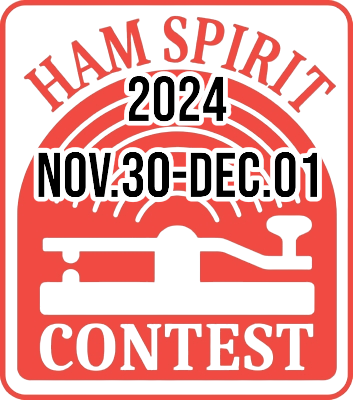
Based on the amateur radio code, the DX-club Center of Siberia founded a contest for all radio amateurs in the world – the HAM Spirit Contest.
Ham Spirit Contest 2024 will be held in one round.
Modulation modes: MIXED, CW and SSB.
Date: November 30 — December 01, 2024
Qualifying time: 24 hours.
Start: 08:00:00 UTC Saturday.
End: 07:59:59 UTC Sunday.
Bands: 160m, 80m, 40m, 20m, 15m, 10m.
Radio amateurs from all over the world who have an amateur radio license are invited to participate. The goal is to improve operator and technical experience in conducting radio communications with as many amateur radio stations as possible from all over the world on the HF bands.
CATEGORIES
Single Operator:
a) SOAB — High Power (HP), All Bands (Mixed, CW, SSB — 3 subgroups). Total output power must not exceed operator license limits;
b) SOAB — Low Power (LP), All Bands (Mixed, CW, SSB — 3 subgroups). Total output power must not exceed 100 watts.
c) SOSB — No separation into HP and LP (Mixed, CW, SSB — 18 subgroups).
Note: Participants may operate on all bands, any modulation type, but may declare on any one of the bands at their own discretion, according to the selected subgroup. One person performs all radio operation and logging duties. Use of alert networks, packet radio and/or multi-channel decoders (such as CW skimmers) is permitted. Self-spotting is permitted for all participant subgroups.
There is no limit on the number of band transitions.
Single operator stations are allowed only one transmitted signal at any given time.
Multi Operator Single Transmitter High Power:
Only one transmitted signal is permitted at any one time.
Exception: One and only one different transmitted signal may be used if it is on a different band than the station/signal being called and the station worked is a new multiplier.
There is no limit on the number of times you can change bands.
Alternating CQs on two (or more) frequencies on the same band are prohibited.
Power Output (PEP) is limited by the terms of the operator’s license.
The use of spotting nets, packet radio, and/or multi-channel decoders (such as CW skimmers) is permitted. Self-spotting is permitted.
All operators must adhere to the amateur radio regulations of their respective countries.
Conducting radio communications on one frequency using different types of modulation (CW, SSB) is prohibited .
EXCHANGE NUMBERS
An exchange number consists of the RS(T) report and a combination of the ITU zone and the QTH sector of the locator. Examples: 599 27JN, 599 28JN, 59 28KN, 599 42MM, 59 42MN, 599 32NO, 599 32OO. The zone and QTH sector of the locator must be written together in the report. The report must indicate the complete exchange numbers for each QSO.
MULTIPLIER
Multipliers on each band are different combinations of ITU zones and QTH sector of the locator. Each multiplier on each band can be counted twice: for CW communication and for SSB communication.
Examples: 27JN, 28JN, 28KN, 42MN, 42MM, 32NO, 32OO are different multipliers.
SCORING:
— For the first QSO with a correspondent, one point is awarded.
— For a QSO with the same correspondent on the same range, but with a different modulation type, or for a QSO on another range (regardless of the modulation type), two points are awarded.
— For the next QSO with the same correspondent on the third (or fourth, fifth, sixth) range, with any modulation type, with which there was no QSO on this range, plus one point is awarded, i.e. three points will be awarded for such a QSO.
Thus — for each QSO with a correspondent on a new range, or on the same range with a different modulation type, plus one point is awarded, in addition to the points for the previous QSO with this correspondent.
The order of QSOs with a correspondent by ranges and modulation types may be random, but points are awarded with an increase of one point for each QSO with this correspondent.
The indicated points are awarded regardless of the ITU zone in which the correspondent with whom the radio communication was conducted is located.
EXAMPLE of scoring points for QSOs in the order they were made:
First QSO: 20m CW— QSO with R0ZZZ – 1 point
Second QSO: 40m SSB— QSO with R0ZZZ – 2 points
Third QSO: 20m SSB— QSO with R0ZZZ – 3 points
Fourth QSO: 80m CW— QSO with R0ZZZ – 4 points
Fifth QSO: 40m CW— QSO with R0ZZZ – 5 points
Sixth QSO: 10m SBB— QSO with R0ZZZ – 6 points
etc.
Additionally, points are awarded:
– For radio communications within your continent (but with another ITU zone) – 1 point.
– For radio communications with another continent and another ITU zone – 2 points.
– For radio communications with /MM stations regardless of their location – 3 points.
No additional points are awarded for radio communications with correspondents located in the same ITU zone.
RESULT CALCULATION
The result is the product of the sum of points for radio communications and the total multiplier.
Calculation of the declared points is not required for participants. This will be done by the judging program.
REPORTS
Participants’ reports must contain the frequency of the radio communication conducted. Reports are accepted ONLY in electronic form in CABRILLO format. Reports are uploaded via the Web interface of the site ua9qcq.ru
The deadline for accepting reports for the count is 7 calendar days after the end of the contest.
Radio communications are not counted in the following cases:
– if the communication is not confirmed by the correspondent’s report;
– if there are distortions in the call signs and the received control number,
– the communication time differs by more than 3 minutes,
– if a report is not received from the correspondent and the correspondent is unique (the call sign
appears in less than 3 reports);
AWARDS
Plaques will be awarded to participants who show the three best results in all subgroups of the SOAB HP, SOAB LP, MOST categories.
Participants who show the three best results in all subgroups of the SOSB category will be awarded personalized diplomas.
The three best youth teams (MOST) with participants under 18 years of age will be awarded with commemorative diplomas.
Electronic certificates will be awarded to all contest participants who send reports within the timeframes specified by these Regulations.
The winners in each category, in each territory that is a multiplier (for example: 27JN, 42MN, 32OO … etc.), will be awarded with electronic certificates.
Amateur radio and other organizations, as well as individual radio amateurs, may establish their own awards.
Software for working in the contest:
N1MM, TR4W, DXLOG, 5MC and any other loggers adapted for the HAM Spirit Contest, or supporting the IARU HF Championship.
Determine the QTH sectors of the locator:
https://dxcluster.ha8tks.hu/hamgeocoding
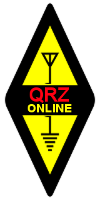
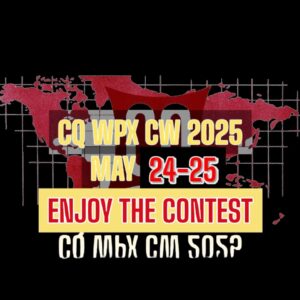
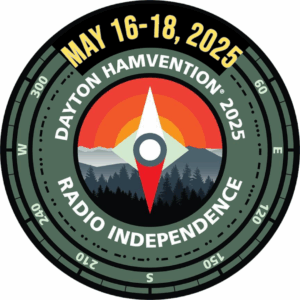
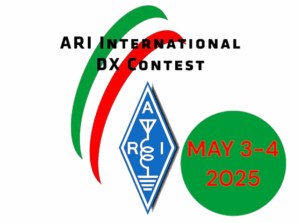
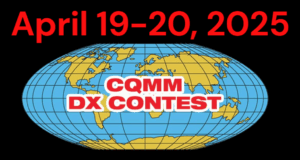
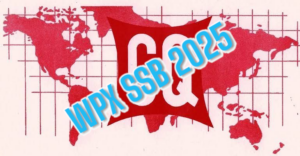
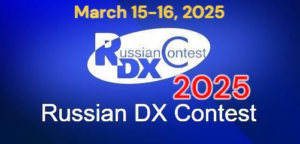
Good morning, when will it be possible to see the certificates and what is the link for downloading them? Thank you and kind regards.
Dusan Mirkovic, YU4ETA